Tatoi Palace
The Tatoi Palace is a former royal estate organized and built in an English neo-gothic style and is located at the foot of Mount Parnitha.
Location
Timeline
Modern and Contemporary era (1821 - )
1884 Start of construction.
1889 Inauguration.
1892 The adjutant's office was completed.


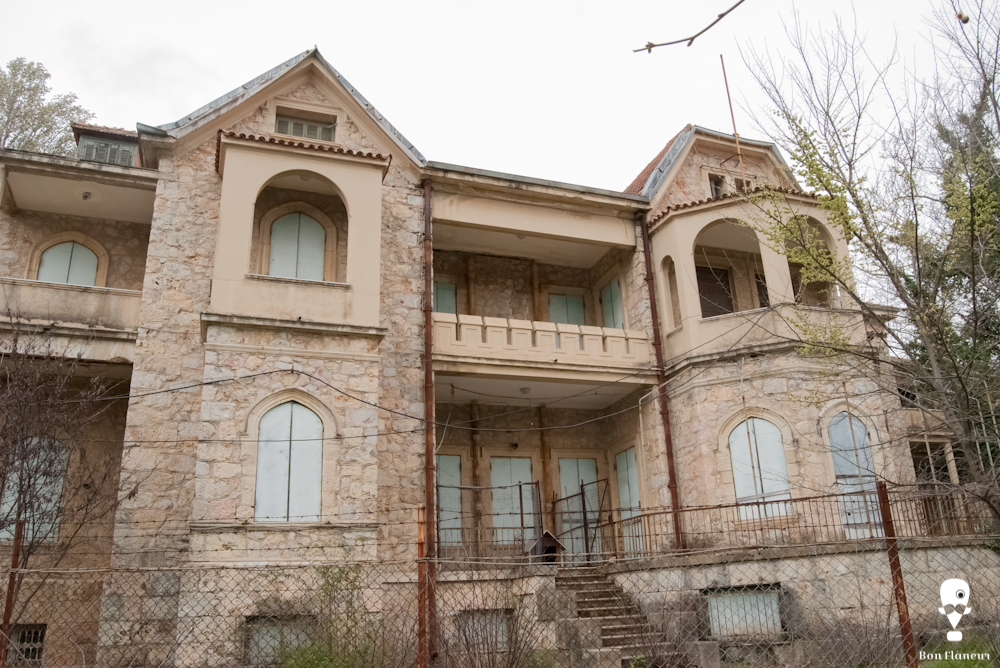
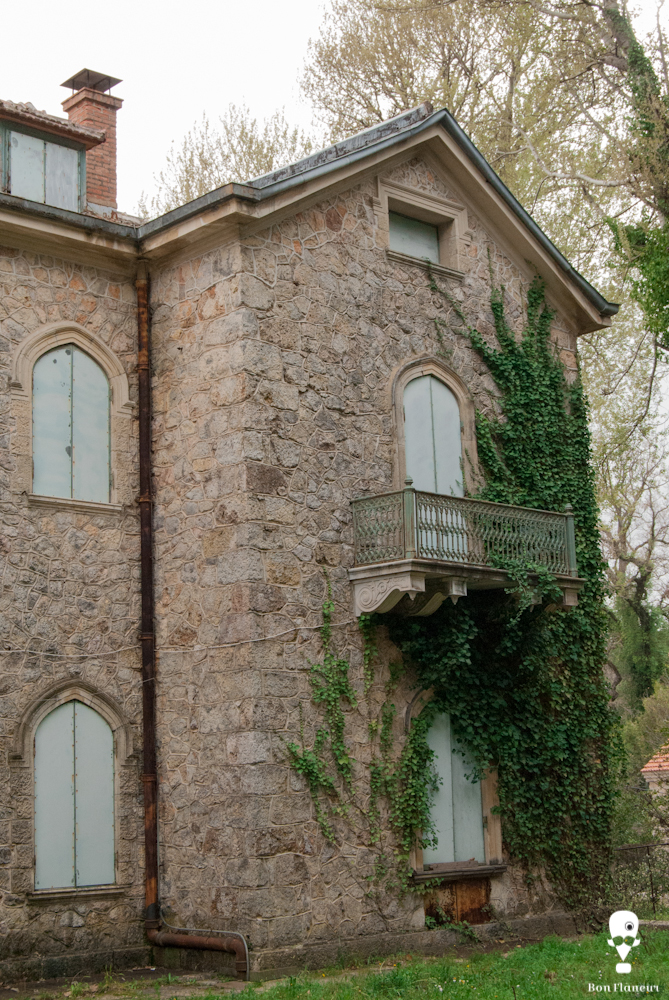



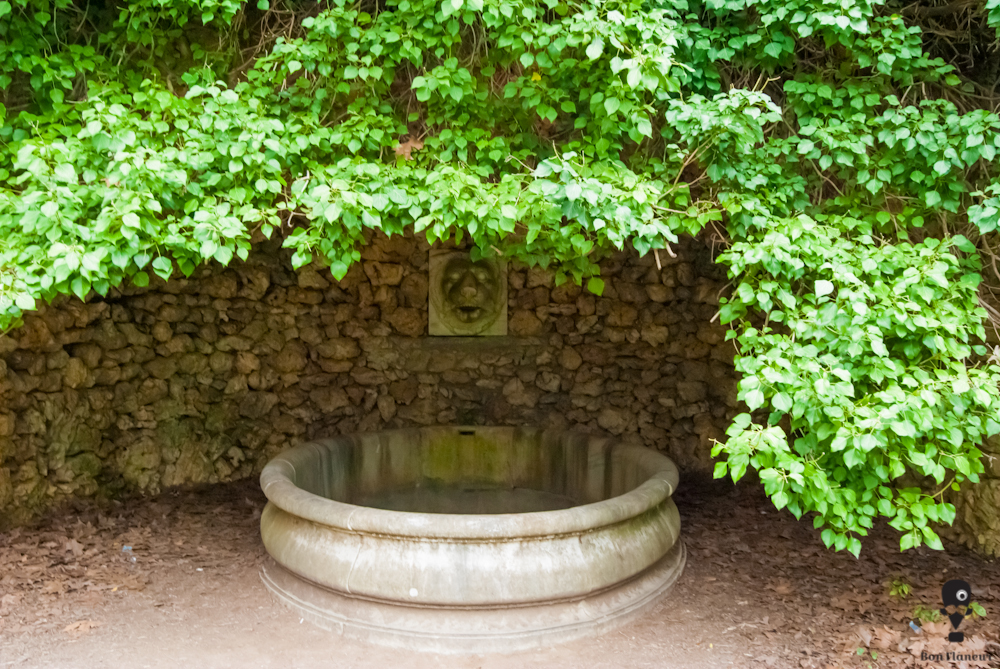



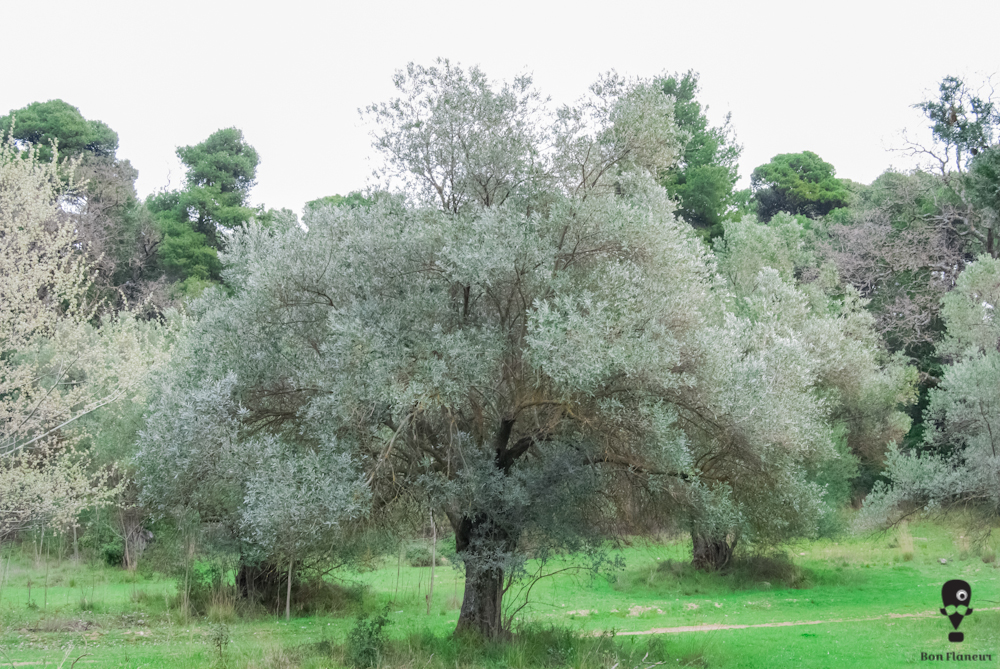

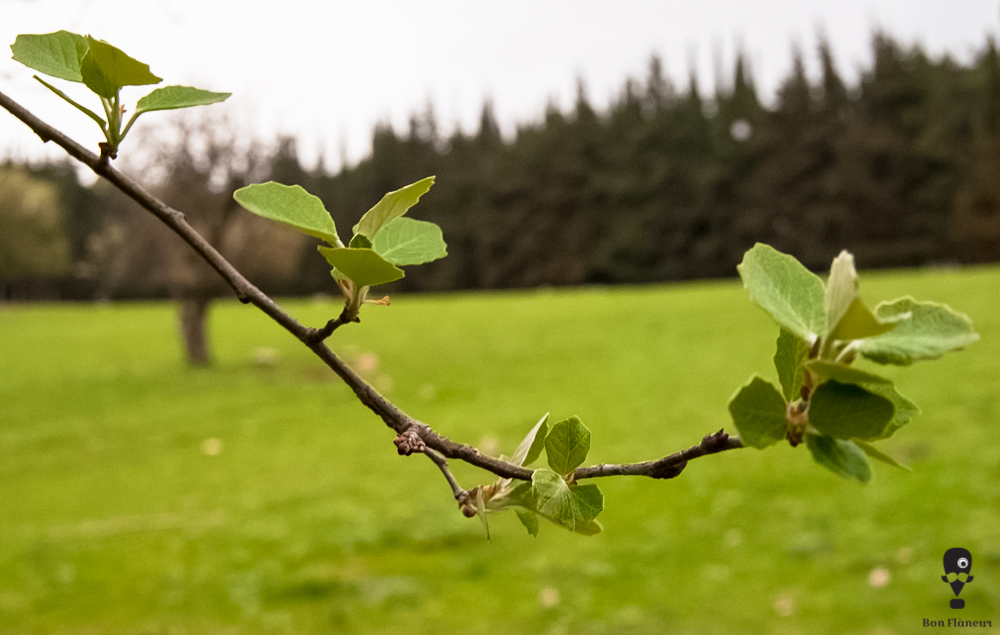

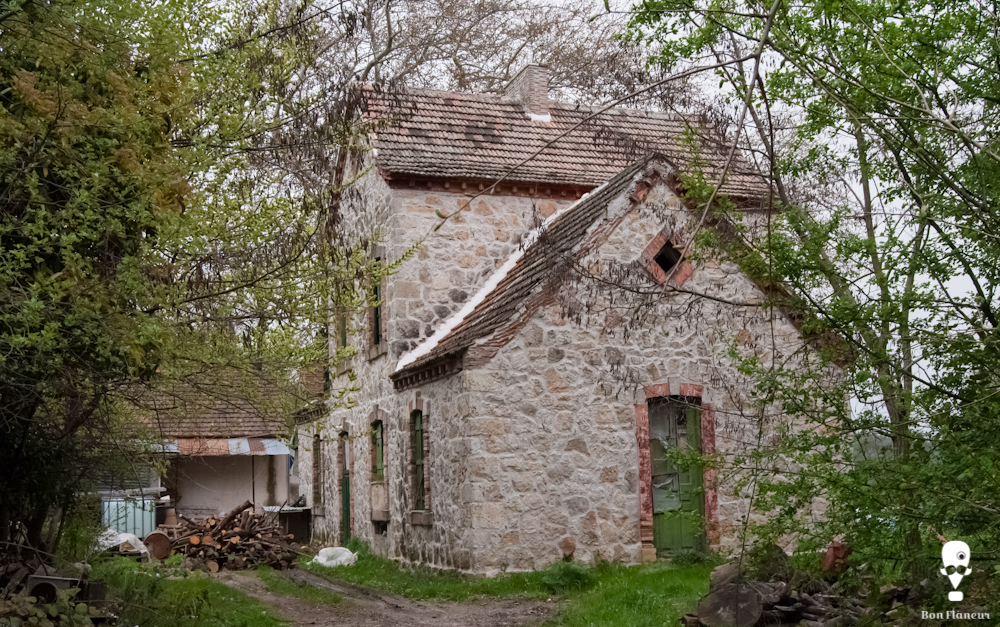
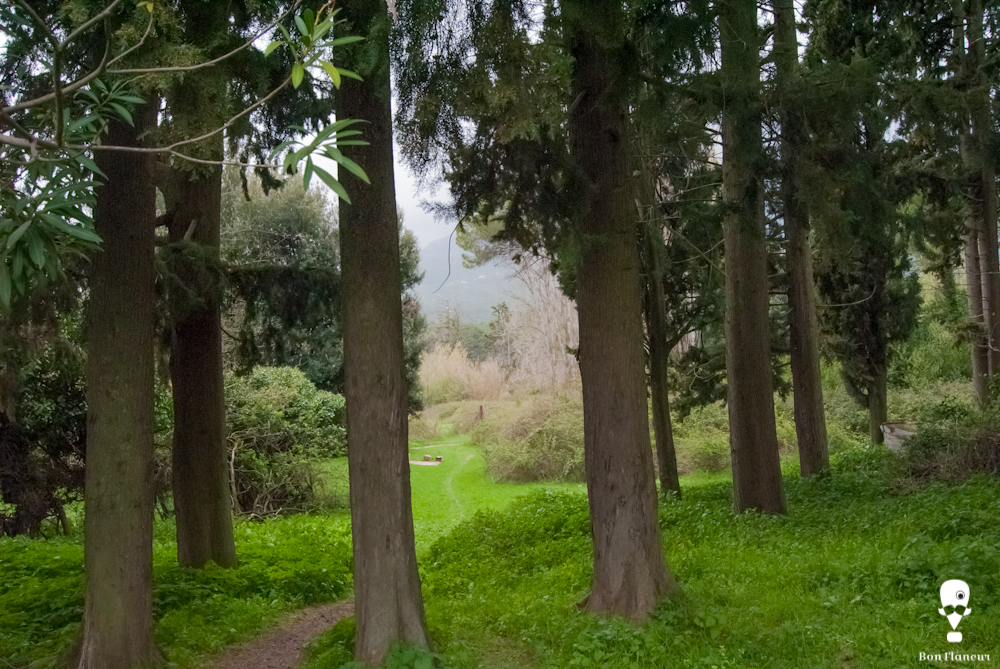

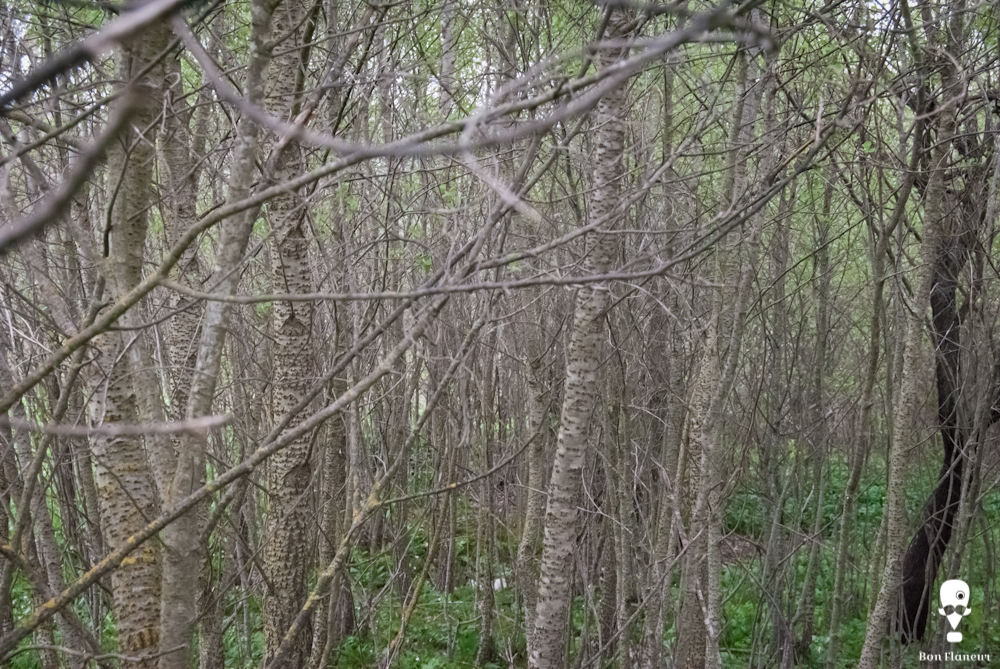
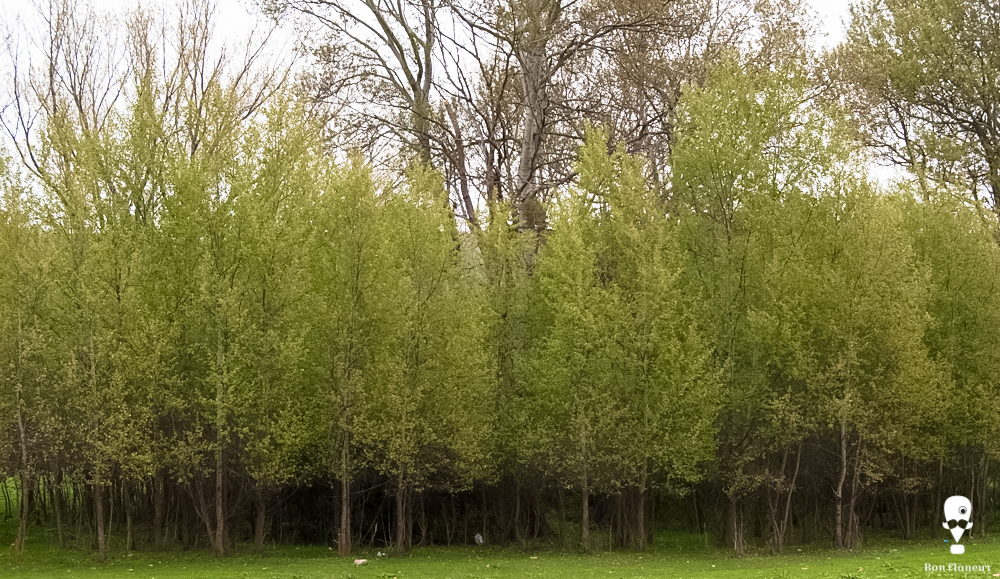


Share